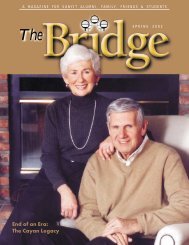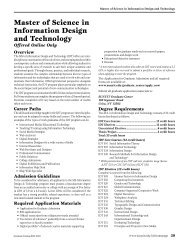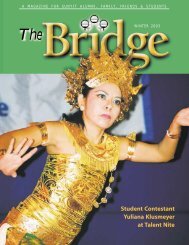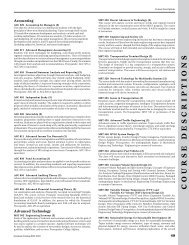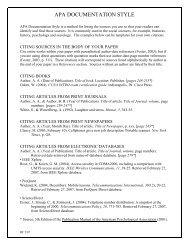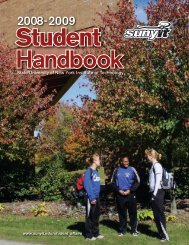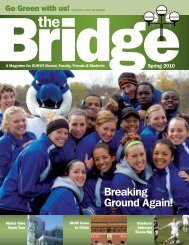Expanding the Public Sphere through Computer ... - ResearchGate
Expanding the Public Sphere through Computer ... - ResearchGate
Expanding the Public Sphere through Computer ... - ResearchGate
You also want an ePaper? Increase the reach of your titles
YUMPU automatically turns print PDFs into web optimized ePapers that Google loves.
CHAPTER 6. ANALYZING THE TALK.ABORTION NEWSGROUP 91<br />
on <strong>the</strong> scientific community by examining <strong>the</strong> set of articles cited by <strong>the</strong> object,<br />
and <strong>the</strong> set of articles citing <strong>the</strong> object. Similarities and disparities in <strong>the</strong> cited<br />
and citing lists suggest various roles and positions within <strong>the</strong> scientific community<br />
for different journals or sets of journals. For example, Rice, Borgman &<br />
Reeves (1988) used citation analysis to demonstrate that communication journals<br />
are heavily clustered and inbred within <strong>the</strong> sub disciplines of mass communication<br />
and interpersonal communication, and identified a few specific journals that<br />
provided cross-fertilization across <strong>the</strong> discipline.<br />
Reciprocity is operationalized here in a similar fashion. Each message is analyzed<br />
to identify two lists of o<strong>the</strong>r messages with which it has a relationship. Followed<br />
messages are those that are cited by a specific post. Led messages are those that<br />
cite a specific post. There are two mechanisms by which a message can cite or be<br />
cited by ano<strong>the</strong>r message. A direct citation occurs when a message is identified<br />
by <strong>the</strong> unique message identification number within <strong>the</strong> body of <strong>the</strong> text (See 3.1<br />
on page 53. Most newsreading software automatically includes references to <strong>the</strong><br />
cited post when <strong>the</strong> participants use <strong>the</strong> “reply” function of <strong>the</strong>ir software. Participants<br />
frequently leave in references and text of <strong>the</strong> cited posts as a tool to build<br />
conversational continuity. An indirect citation occurs when messages are posted<br />
to <strong>the</strong> same thread within some fixed (arbitrary) period of time. In this study, no<br />
distinction is made between direct and indirect citations. Cited or followed messages<br />
are defined as those posted to <strong>the</strong> same thread during <strong>the</strong> previous three<br />
days, and those cited directly in <strong>the</strong> message. Citing or led messages are defined<br />
as those posted to <strong>the</strong> same thread during <strong>the</strong> subsequent three days, and those citing<br />
<strong>the</strong> message directly. Each message was analyzed to identify those messages<br />
it followed, and those messages it led.<br />
To illustrate, assume that message #1010 was added to <strong>the</strong> thread “Abortion is<br />
immoral” at 2:05 PM on September 10, 1995. Message #1010 directly cites two<br />
messages: #505 and #675. Message #1010 indirectly cited three messages: #500,<br />
#505 and #510. These three messages constitute <strong>the</strong> entire list of messages added<br />
to <strong>the</strong> thread “Abortion is immoral” between 12:01 AM on September 4th and<br />
2:04 PM on September 10. Message #1010 has a total of four unique followed<br />
posts: #500, #505, #510, #610 (#505 appeared in both lists, and is counted only<br />
once). A similar procedure is used to calculate <strong>the</strong> list of led posts.<br />
Lists of followed and led messages are <strong>the</strong>n summed across authors to build measures<br />
of message reciprocity. For example, assume that author “George” contributed<br />
100 messages to <strong>the</strong> newsgroup. George’s 100 messages followed a com-



